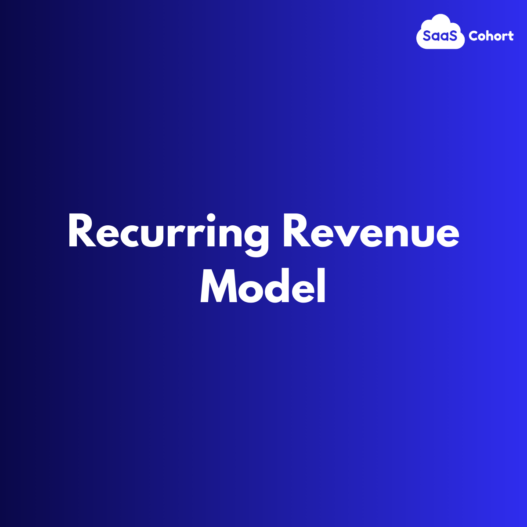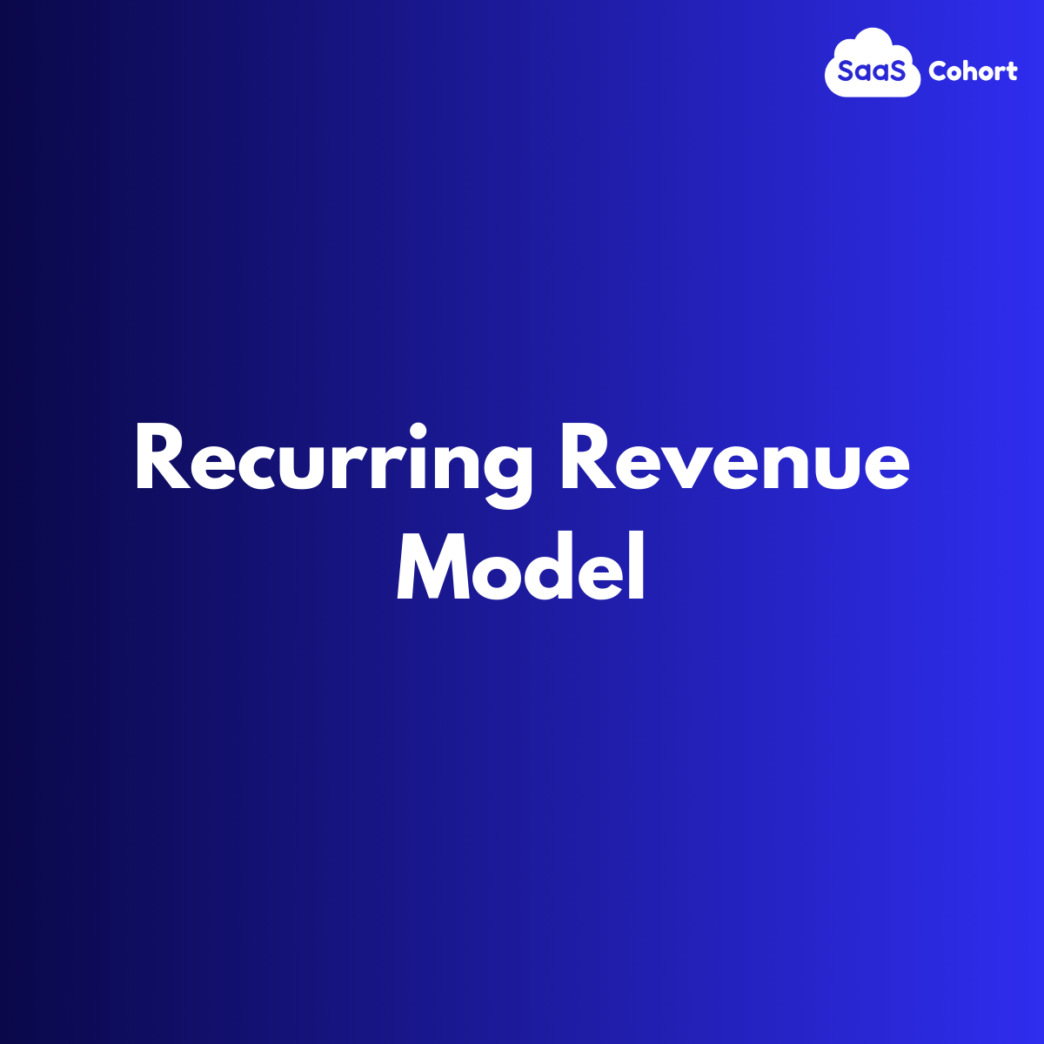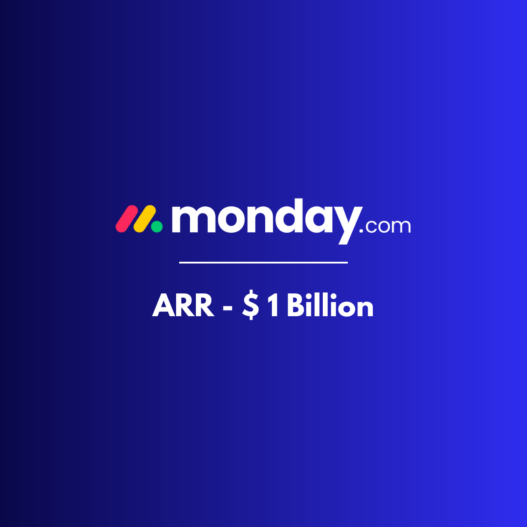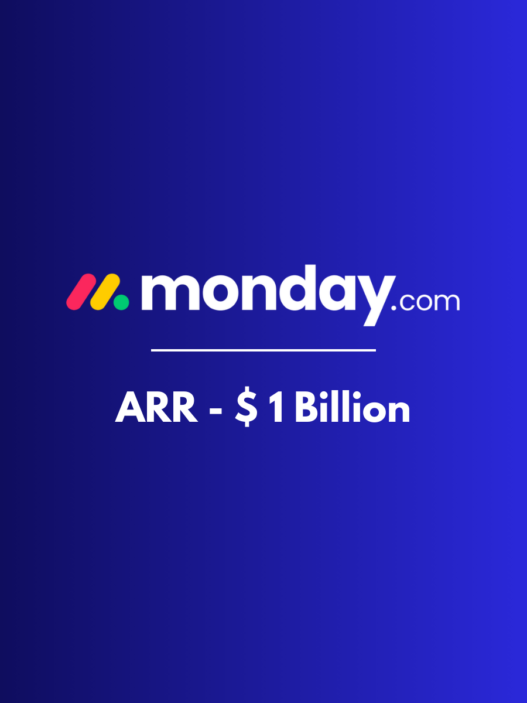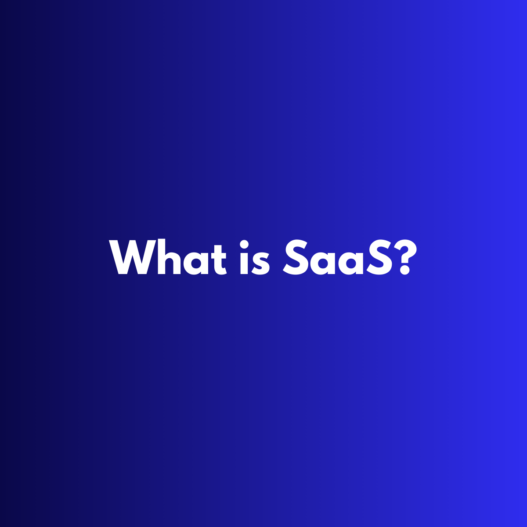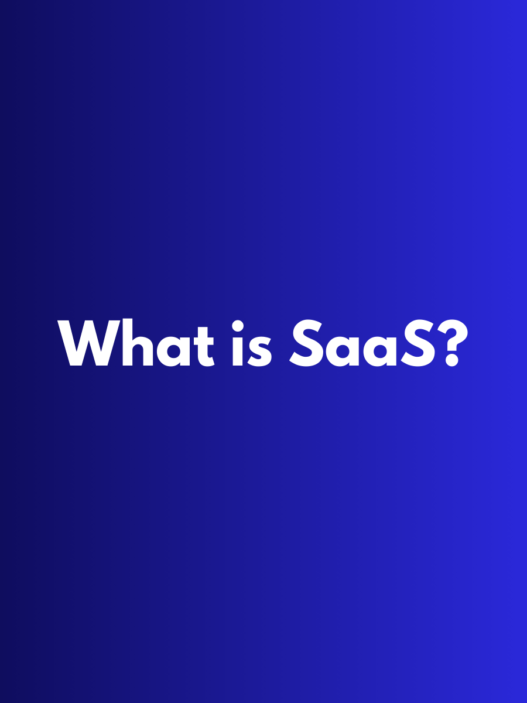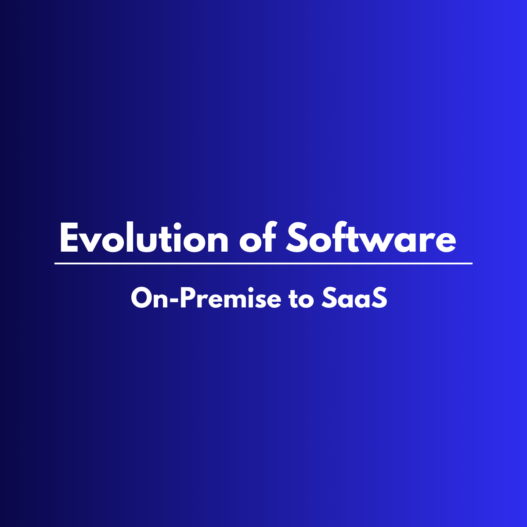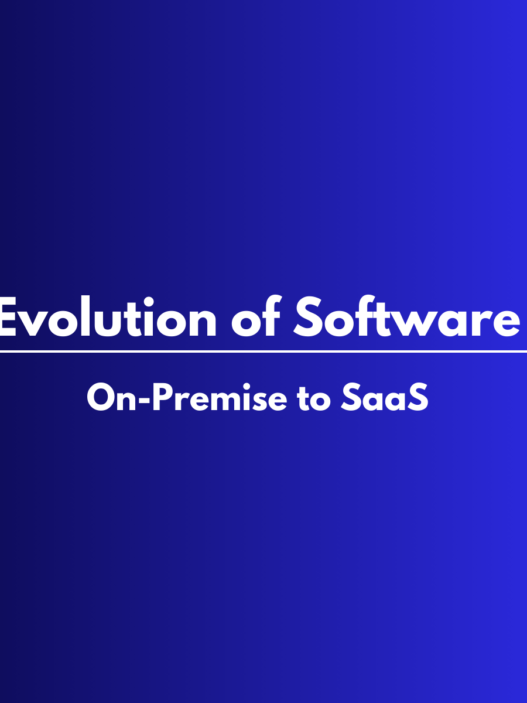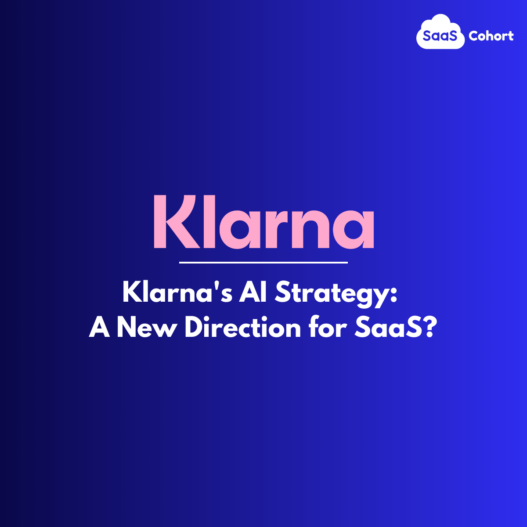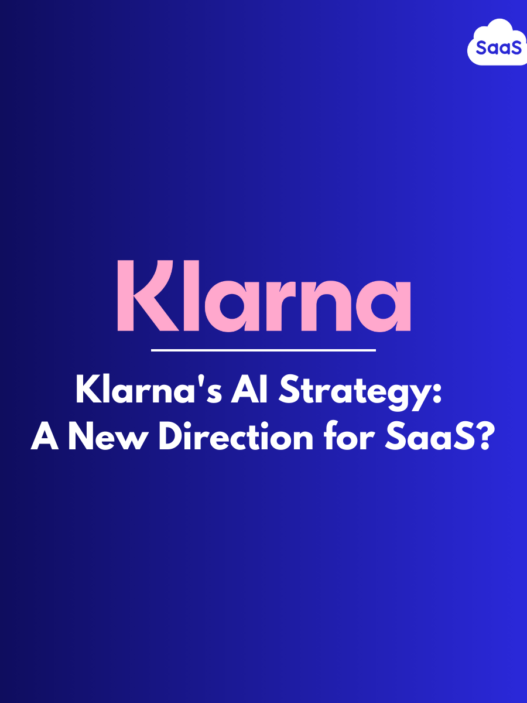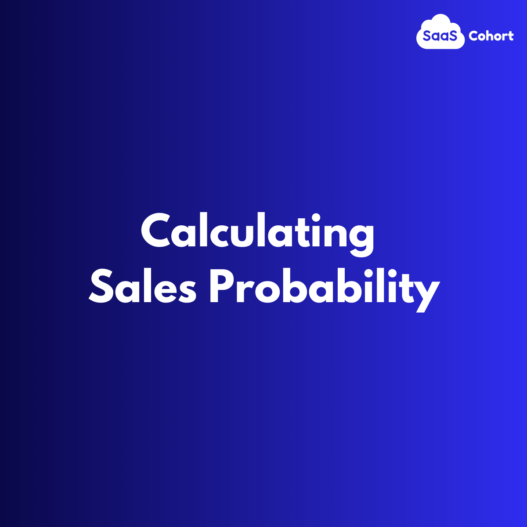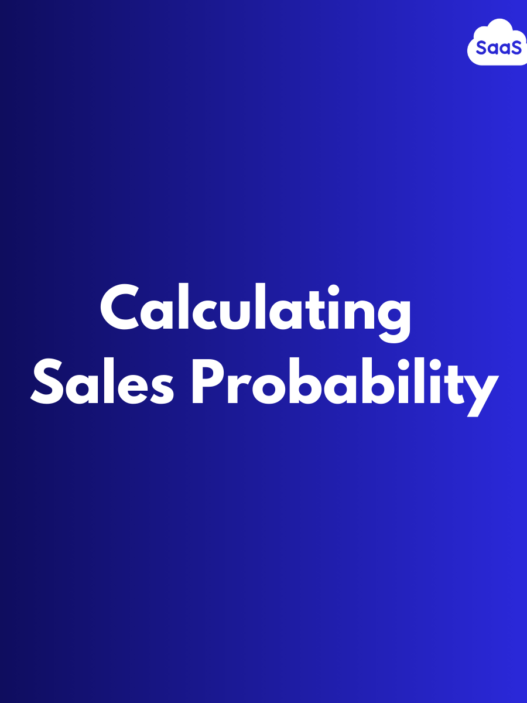Table of Contents
Understanding Recurring Revenue in SaaS
In the SaaS Industry, recurring revenue models is the foundation of sustained growth and profitability. Unlike traditional one-time sales, recurring revenue involves continues payments from customers, typically through subscriptions. This model ensures steady growth, allowing business to predict revenue more accurately and make informed investment decisions.
Recurring revenue in SaaS comes in various forms, including monthly or annual subscriptions, usage-based billing, and tiered pricing plans. These models enable companies to maintain a consistent cash flow, crucial for scaling operations, investing in product development, and enhancing customer support.
Benefits of Recurring Revenue Models
The recurring revenue model offers numerous advantages over traditional sales approaches, making it the preferred choice for SaaS companies:
- Predictable Revenue Stream:
Recurring revenue provides a predictable and stable income stream, which helps companies manage cash flow effectively. This predictability allows for better financial planning and resource allocation, supporting long-term growth strategies.
If a company like Hubspot has $10 million in annual recurring revenue (ARR) in 2023, it can predict a base revenue of $10 million for 2024, minus any expected churn, which helps in planning future investments and growth. - Higher Customer Lifetime Value (CLV):
By securing ongoing payment, SaaS companies can significantly increase the Customer Lifetime Value (CLV). A higher CLV means that each customer generates more revenue more over their relationship with the company, enhancing overall profitability.
Adobe’s shift to subscription model increased its CLV as customer now continuously pay for access to Creative Cloud, leading to a higher overall revenue from each customer compared to one-time software purchases. For Eg. instead of one-time purchase of $600, a customer might spend $50 per month, totalling $600 annually, but over multiple years. - Improved Customer Relationships:
Recurring revenue models encourages companies to focus on customer satisfaction to avoid churn and retention of customers. By continually providing value and addressing customer needs, businesses can build stronger, more loyal relationships.
Salesforce provides regular updates and great customer support, fostering strong relationships and ensuring customers continue to renew their subscription. - Scalability:
The SaaS model is inherently scalable. As the customer base grows, the incremental cost of adding a new user is relatively low, allowing for rapid expansion without proportional increases in costs.
Slack can easily add thousands of new users with minimum additional infrastructure costs, enabling rapid growth and scalability while maintaining service quality. For example, adding a new user costs Slack much less in terms of server resources compared to traditional software distribution. - Valuation and Investments:
Investors favour companies with recurring revenue models due to their predictability and scalability. This preference often leads to higher valuations and more favourable investment terms, providing SaaS companies with the capital needed for further growth.
In 2018, Zendesk raised $100 million in secondary offering, which was pivotal in fuelling its expansion. At the time, Zendesk’s valuation was about 12 times its ARR, significantly higher than the industry standard of around 3-4 times annual revenue of non-SaaS software companies.
Strategies to Increase Customer Retention
For maximize the benefits of recurring revenue models, customer retention is the most important element. SaaS companies must implement effective strategies to keep customers engaged and satisfied. Below are some key strategies:
- Customer Onboarding:
A seamless onboarding process sets the tone for the customer experience. Providing comprehensive training and support helps new users understand and utilize the product efficiently from the start. - Engagement and Community Building
Fostering a sense of community among customers through forums, webinars and user groups helps build relationships and encourages customers to remain loyal. - Regular Value Delivery
Continuously delivering value through product updates, new features, and improvements keeps customer engaged. Regularly communicating these updates ensures customer see the benefits and remain satisfied. - Customer Support
Providing customer support is vital for retaining customer. Timely, effective support help resolve issues swiftly, enhancing the customer experience and fostering loyalty. - Customer Feedback and Improvement
Seeking customer feedback to identify pain points and areas for improvements is crucial, this feedback helps in making necessary adjustments and shows to customers that their opinion are valued and considered.
Case Study: Adobe’s Transition to SaaS
Adobe, a leader in creative software, historically sold its products through perpetual licenses. This model required customers to pay a significant upfront cost for a one-time purchase, which provided access to a specific version of the software. While this approach generated substantial initial revenue, it had challenges like inconsistent cast flow and limited customer engagement.
Challenges:
- Inconsistent Revenue: Adobe reliance on one-time sales to unpredictable revenue streams, complicating financial planning and resource allocation.
- Customer Churn: Without ongoing interactions, customers often skipped or delayed upgrading to new version, leading a potential loss of revenue and engagement.
- Piracy Issues: The perpetual license model made software susceptible to piracy, further impacting revenue.
Transition Strategy:
To address the above challenges, Adobe decided to transition to a subscription-based SaaS model with the introduction of Adobe Creative Cloud. The company implemented the following strategies:
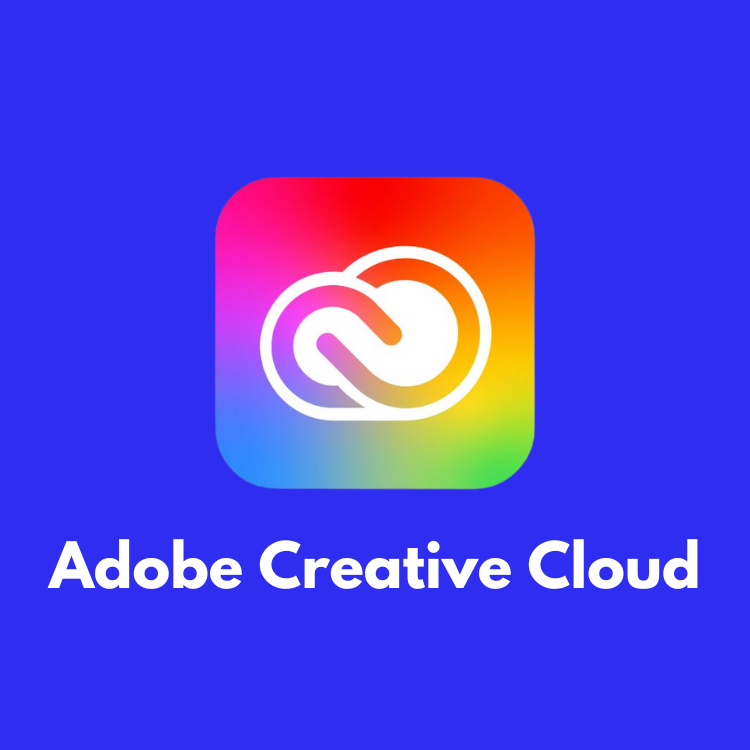
- Developing Subscription Tiers
Adobe introduced various subscription plans including monthly and annual options, catering to individual users, small businesses, and large enterprises. Each plan offered different levels of access and additional cloud-based service. - Customer Communication
Adobe communicated the benefits of the new subscription model to existing and potential customers. They highlighted advantages such as continuous access to the latest software updates, cloud storage, and improved collaboration tools. - Product Enhancement
To justify the recurring cost, Adobe invested in enhancing its product suite, adding new features, and integrating cloud service. These enhancements ensured that customers saw ongoing value in their subscriptions. - Seamless Transition
Adobe offered incentives for existing customers to switch to the subscription model. They provided discounts, extended support and features to make the transition attractive.
The transition to a subscription model had a great impact on the Adobe’s business, both in the short run and long term. In the short run, Adobe achieved a stable and predictable revenue stream, which facilitated better financial planning. Within a few years of the transition, Adobe’s ARR from subscription grew from virtually 0 to $ 3 billion. This shift also led to a significant reduction in churn rates, as continuous customer engagement through regular updates and exceptional customer support maintained high levels of customer satisfaction and loyalty.
In the long run, the subscription model substantially increased Adobe’s CLV, allowing the company to upsell and cross sell additional services effectively. The steady stream of recurring revenue enabled Adobe to invest heavily in product development, resulting in continuous innovation and enhanced customer satisfaction.
As the SaaS market continues to evolve, companies that embrace and optimize their recurring revenue models will be best positioned to thrive in this competitive landscape.

